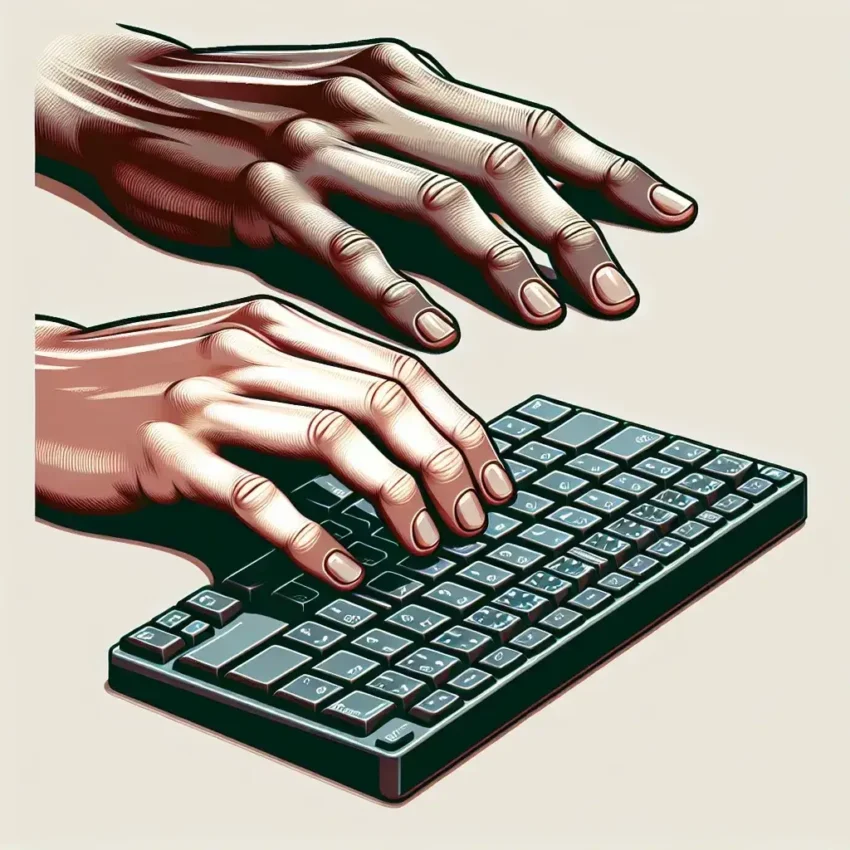Introduction
Understanding how to use a computer keyboard can significantly boost your productivity and efficiency. Keyboards are essential tools for communication and data entry, whether you’re a student, professional, or casual user. This guide will walk you through the basic and advanced usage of a computer keyboard.
Basic Keyboard Layout
A computer keyboard is divided into multiple sections, each serving a unique purpose.
| Section | Description |
|---|---|
| Alphabet Keys | Keys from A to Z used for typing words and sentences. |
| Number Keys | Keys from 0 to 9 located above the alphabet keys and on the numeric keypad for entering numbers. |
| Function Keys | Keys labeled F1 to F12 located at the top of the keyboard, used for various shortcuts and special commands. |
| Control Keys | Includes keys like Ctrl, Alt, and Shift, used in combination with other keys for executing commands. |
| Navigation Keys | Arrow keys and other keys like Home, End, Page Up, and Page Down used for scrolling and navigation. |
| Special Keys | Includes keys like Enter, Spacebar, and Backspace, used for specific actions such as starting a new line or deleting characters. |
Typing Technique
Proper Hand Placement
Appropriate hand placement on the keyboard ensures efficient and ergonomic typing.
- Home Row: Place your fingers on the home row keys – A, S, D, F for the left hand and J, K, L, ; for the right hand.
- Thumbs: Place your thumbs on the Spacebar.
- Finger Movement: Use your fingers to reach for the keys above and below the home row without moving your hand position.
Touch Typing
Touch typing involves typing without looking at the keyboard, relying on muscle memory.
- Focus on the screen instead of the keyboard.
- Practice regularly to increase speed and accuracy.
- Use typing software or online tools to enhance proficiency.
Keyboard Shortcuts
Keyboard shortcuts can save time and make tasks easier. Here are some commonly used shortcuts:
Windows Shortcuts
- Copy: Ctrl + C
- Cut: Ctrl + X
- Paste: Ctrl + V
- Select All: Ctrl + A
- Undo: Ctrl + Z
- Redo: Ctrl + Y
- Save: Ctrl + S
- Find: Ctrl + F
- Switch Between Applications: Alt + Tab
- Open Task Manager: Ctrl + Shift + Esc
Mac Shortcuts
- Copy: Command + C
- Cut: Command + X
- Paste: Command + V
- Select All: Command + A
- Undo: Command + Z
- Redo: Command + Shift + Z
- Save: Command + S
- Find: Command + F
- Switch Between Applications: Command + Tab
- Force Quit: Command + Option + Esc
Keyboard Maintenance
Maintaining your keyboard is crucial for its longevity and performance.
Regular Cleaning
Keep your keyboard clean to avoid dust and debris buildup.
- Turn off your computer or disconnect the keyboard.
- Use a soft brush or compressed air to remove dust from between the keys.
- Wipe the keys with a slightly damp cloth to remove grime.
Deep Cleaning
For thorough cleaning, occasionally remove the keycaps.
- Gently pry off the keycaps using a keycap puller or a flat tool.
- Clean the keycaps with mild soap and water.
- Use a cotton swab dipped in alcohol to clean the keyboard base.
- Allow everything to dry completely before reassembling.
Conclusion
Mastering the use of a computer keyboard is a valuable skill that enhances productivity. By understanding the layout, practicing proper typing techniques, utilizing shortcuts, and maintaining your keyboard, you can improve your efficiency and keep your keyboard in optimal condition.

